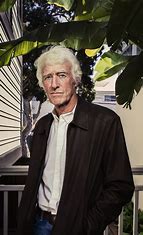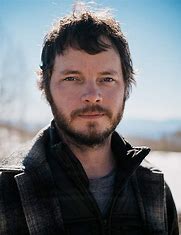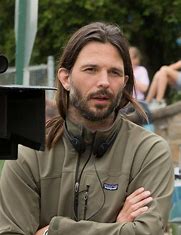Introduction
Roger Deakins is a renowned cinematographer who has worked on some of the most iconic films of our time. He has been nominated for an Academy Award for Best Cinematography 15 times and has won the award twice. In this blog post, we will explore the life of Roger Deakins, his cinematography style, and some of his most notable films.
Early Life and Career

Roger Deakins was born in Torquay, Devon, England, in 1949. He grew up in a family of photographers and developed an interest in photography at a young age. Deakins started his career as a cameraman for the BBC, working on documentaries and television shows. He later transitioned to feature films and worked on his first feature film, “Another Time, Another Place,” in 1983.
Deakins’ breakthrough came in 1991 when he worked on the Coen Brothers’ film “Barton Fink.” The film won the Palme d’Or at the Cannes Film Festival and earned Deakins his first Academy Award nomination for Best Cinematography. He has since worked on many notable films, including “The Shawshank Redemption,” “Fargo,” “No Country for Old Men,” and “Blade Runner 2049.”
Cinematography Style
Roger Deakins’ cinematography style is characterized by his use of natural light, muted colors, and wide shots. He is known for his ability to create atmospheric and moody visuals that enhance the emotional impact of a scene. Deakins is also known for his use of handheld cameras and long takes, which create a sense of intimacy and immersion for the viewer.
Deakins is a master of lighting, and his work often features intricate and subtle lighting setups. He has a keen eye for detail and is known for his use of shadows and highlights to create depth and texture in his images. Deakins’ cinematography is often described as painterly, with each shot carefully crafted like a work of art.
Notable Films
The Shawshank Redemption (1994)
“The Shawshank Redemption” is a classic film that tells the story of a man who is wrongfully convicted of murder and sent to prison. Deakins’ cinematography captures the bleakness and despair of prison life, while also highlighting the hope and resilience of the human spirit. The film has become a cultural touchstone and is widely regarded as one of the greatest films of all time.
No Country for Old Men (2007)
“No Country for Old Men” is a Coen Brothers film that won four Academy Awards, including Best Picture. Deakins’ cinematography captures the desolate landscape of the American Southwest, creating a sense of foreboding and unease. The film’s use of natural light and muted colors creates a haunting and eerie atmosphere that perfectly complements the film’s themes of violence and morality.
Blade Runner 2049 (2017)
“Blade Runner 2049” is a sequel to the classic science fiction film “Blade Runner.” Deakins’ cinematography captures the neon-drenched, rain-soaked world of the film, creating a sense of futuristic noir. The film’s use of color and light is stunning, with each shot carefully crafted to create a sense of awe and wonder.
Conclusion
Roger Deakins is a master of cinematography, and his work has had a profound impact on the film industry. His ability to create immersive and emotional visuals has made him one of the most sought-after cinematographers in the world. Whether working on a small independent film or a big-budget blockbuster, Deakins always brings his unique vision and artistry to every project he works on.



